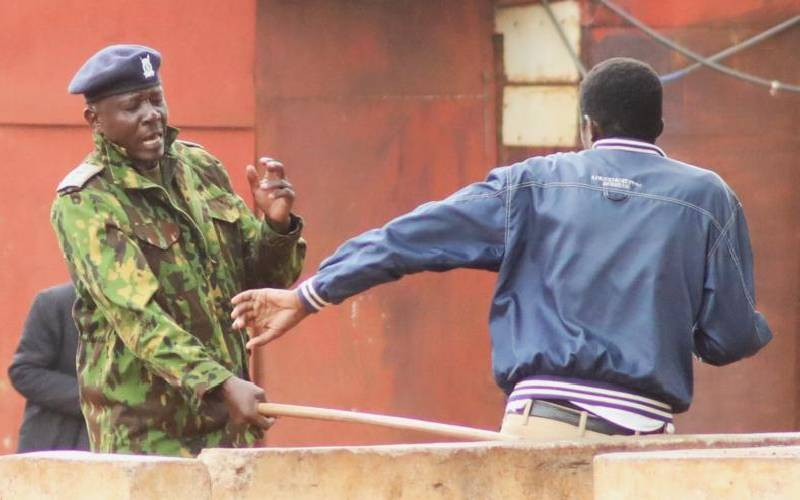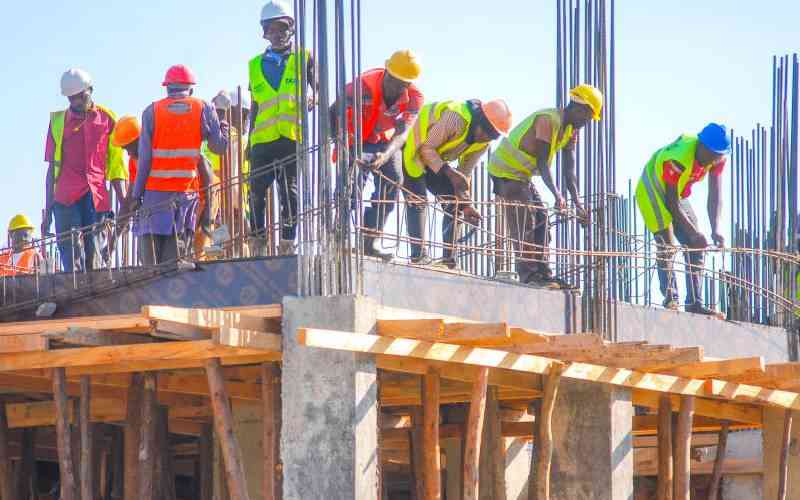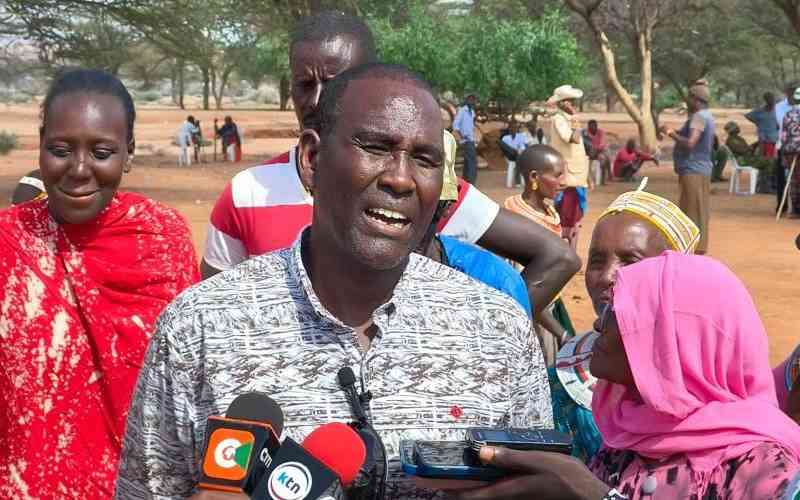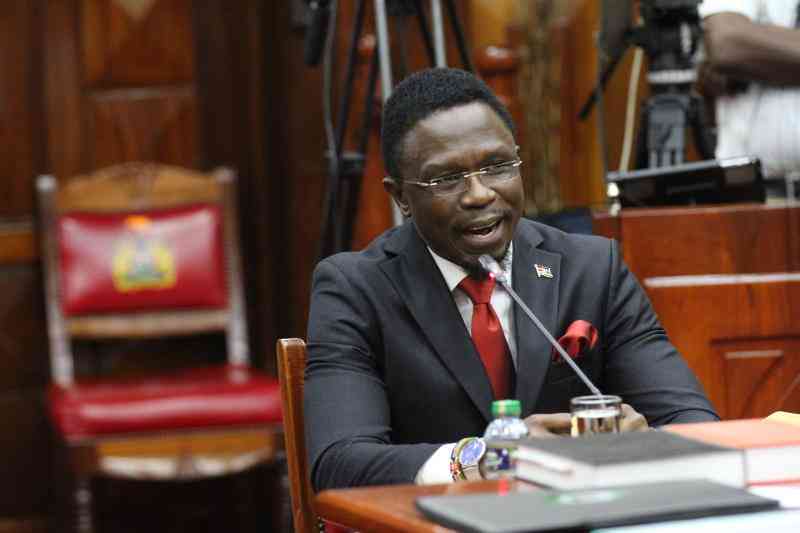By John Oyuke
Rural communities in Western and Nyanza provinces could become the key to unlocking the multi-billion dollar carbon markets for millions of farmers, foresters and conservationists across the developing world.
Catchments in and around Lake Victoria have been chosen as a test-bed for calculating how much carbon can be stored in trees and soils when the land is managed in a sustainable, climate-friendly ways.
The initiative — the Carbon Benefits Project — would also be undertaken in Niger, Nigeria and China.
Under the initiative, scientists will closely study projects in Western Kenya, Western China, Niger and Nigeria and develop a system for measuring, monitoring and managing carbon in a diverse range of landscapes.
Under the Kyoto Protocol, developed countries can offset some of their greenhouse gas emissions, by paying developing economies for implementing clean and renewable energy projects such as wind, solar and geothermal power.
At the UN climate convention meeting planned for Copenhagen, Denmark, in December, nations might also decide to pay tropically forested countries for maintaining standing forests under a scheme known as Reduced Emissions from Deforestation and forest Degradation (Redd).
This is because it is believed that up to 20 per cent of the greenhouse emissions linked to climate change come from deforestation more than from cars, trucks, planes and ships combined.
climate change
The UN Environment Programme (Unep), the World Agroforestry Centre, along with other key partners launched the initiative in Nairobi last week. The Global Environment Facility is funding the project.
The UN's head of environment, Achim Steiner, said farming carbon alongside crops is just one of the tantalising prospects emerging as a result of the world’s urgent need to combat climate change.
 |
In an effort to reduce green house gas emissions in the environment, industrialised countries are considering investing tens of billions of dollars in capturing carbon off the smoke stacks of power stations and burying them underground. [PHOTO: WINSLEY M ASESE]
|
He said industrialised countries are considering investing tens of billions of dollars in capturing carbon off the smoke stacks of power stations and burying them underground. Steiner said managing the land and its vegetation in more climate-friendly ways might generate multiple benefits from stabilising soils, securing water supplies, conserving biodiversity and generating income for poor and low-income communities. Ms Monique Barbut, Chief Executive of GEF, said the Carbon Benefits Project would save money and time, by streamlining land cover analysis.
Stay informed. Subscribe to our newsletter
"Project managers that use the methodology will be able to engage communities in measurement efforts and help them benchmark for better results," she said.
satellite images
She added that as part of the scheme, researchers would work with project managers in Kenya, China, Niger and Nigeria to set up carbon and greenhouse gas prediction systems.
The project scientists would assemble ground measurements of vegetation, soil carbon and greenhouse gas emissions at a test site in Western Kenya to calibrate satellite images and test the measurement and monitoring protocol.
Case studies will be carried out in several catchments of the Kenya Agricultural Productivity and Sustainable Land Management Project, starting with the Cherangani Hills.
The Bogoria, Taita Hills and Kinale, the Nzoia, Yala and Nyando catchments of the Lake Victoria basin would then follow.
Four demonstration projects will also be carried out in different areas of northern and western China in addition to several catchment areas of both Niger and Nigeria.
The measurement and monitoring protocols would be available in 18 months and the modelling and capacity building work would go on up to three years when the project ends.
World Agroforestry Centre, Director-General Dennis Garrity, said the knowledge gained from study sites around the world, including Lake Victoria, would help enable some of the world’s poorest people obtain the benefits of carbon.
 The Standard Group Plc is a
multi-media organization with investments in media platforms spanning newspaper
print operations, television, radio broadcasting, digital and online services. The
Standard Group is recognized as a leading multi-media house in Kenya with a key
influence in matters of national and international interest.
The Standard Group Plc is a
multi-media organization with investments in media platforms spanning newspaper
print operations, television, radio broadcasting, digital and online services. The
Standard Group is recognized as a leading multi-media house in Kenya with a key
influence in matters of national and international interest.
 The Standard Group Plc is a
multi-media organization with investments in media platforms spanning newspaper
print operations, television, radio broadcasting, digital and online services. The
Standard Group is recognized as a leading multi-media house in Kenya with a key
influence in matters of national and international interest.
The Standard Group Plc is a
multi-media organization with investments in media platforms spanning newspaper
print operations, television, radio broadcasting, digital and online services. The
Standard Group is recognized as a leading multi-media house in Kenya with a key
influence in matters of national and international interest.






